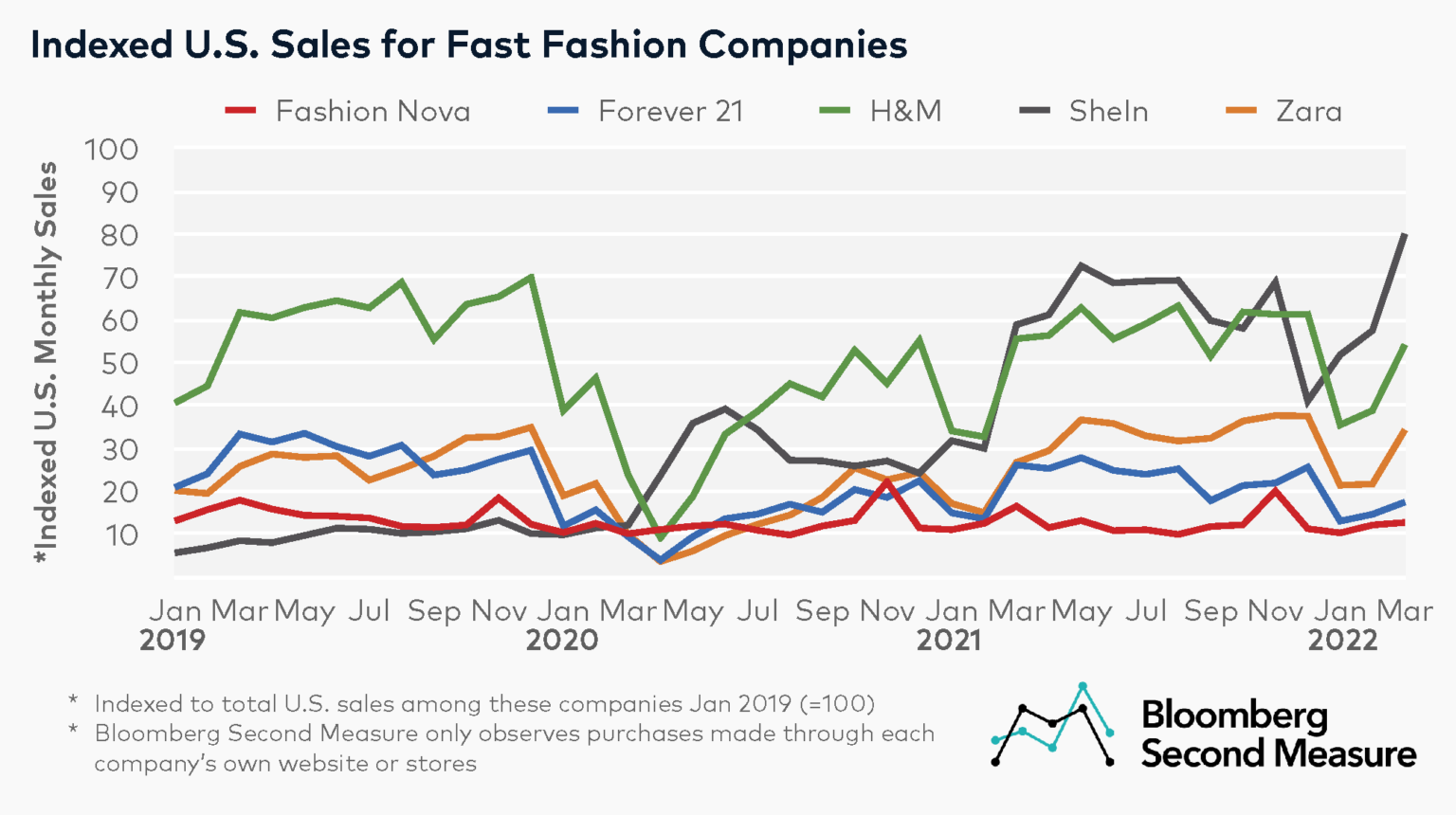Any rational consumer has adjusted their shopping habits and avoids fast fashion after learning of the industry’s detrimental contributions to the desolation of Earth. But social media trends and company revenue statistics show a continuous rise in fast fashion sales.

Who are the consumers that perpetuate this cycle of malice? Are they ignorant of the harm they’re causing, or uneducated entirely?
Excuses to Eschew
It’s not unlikely for consumers to turn a blind eye to unethical business practices and continue buying from a noxious brand. Unfortunately, people often prioritize personal desires over the wellness of others and the future of our planet. Therefore, fast fashion’s greatest appeal is its trendy styles and inexpensive prices.
Fashionable Fraud
Fast fashion companies keep up with trending styles only because they steal patterns from other designers, overwork their employees, and use the cheapest materials for production. These companies are not financially defying miracles, they are frauds. Supporting their business tells them that we’re okay with their practices and value our clothing over anything or anyone else.
Popularity Pressure
Social media drives the unrequited pressure to be perfect felt by billions of people around the world. Especially among younger generations, the standards of social media posts are high, and more children are struggling to feel accepted.

A person’s face, pose, photo edits or filter, and of course, clothing is all fair game for a frenzy of judgment on social media. This pressure to look good indirectly influences consumers to purchase from on-trend, cheap, and accessible clothing brands.
Additionally, a trending hashtag on TikTok and Instagram is “Haul.” A haul is the showcasing of a consumer’s newest purchases from a particular brand or brands to their connections on social media. They may even post a “Try on Haul” where the consumer also tries on the clothing.
These videos are a promotion of gluttony and greed. Fast fashion consumers will spend hundreds of dollars on an outrageous amount of clothing simply because they can and want to show it off. Doesn’t this contradict the argument that fast fashion is the only affordable option?
Related Article: Black Friday: A Dark Day for Our Planet | Fast Fashion Desolates Our Future: Do You Shop to Salvage or Sabotage
Short-Lived Survival
Shein, America’s leading fast fashion brand, adds up to 6,000 new styles every day. This in combination with their all-time low prices is perfect for a feverish shopper looking to rashly elevate their wardrobe.
Unfortunately for the consumer, you get what you pay for. If they’re lucky enough for their clothing to arrive in wearable condition, they may only be able to rock it once or twice before it will inevitably rip, stretch, or deteriorate.
When this happens guess where the item ends up? In the landfill. Now picture this exact scenario duplicated by millions and millions of shoppers. Not only does fast fashion production burden the environment, but the aftermath of product creation does as well.
The clothing we’re manufacturing is not made to last. And unethical practices by these manufacturers are shortening our earth’s lifespan as well. This factor must come before the yearning to wear and post trendy styles.
Editor’s Note: The opinions expressed here by Impakter.com columnists are their own, not those of Impakter.com. — In the Featured Photo: Clothing Factory. Featured Photo Credit: Rio Lecatompessy.










